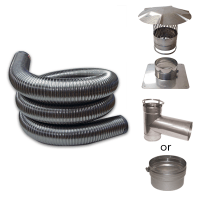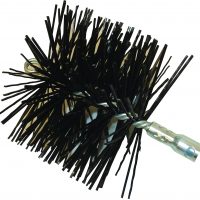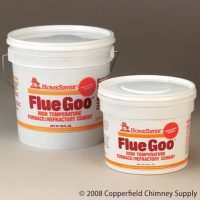The life in the areas which are higher up in the altitudes or latitudes could be a lot more difficult had it not been for the development of proper heating arrangements for the spaces where they are living. This is true not only for these areas which face severe winter conditions but also for the plains regions of the world which are closer to equator but still chilly enough in winter to require the proper heating arrangements for some times during the year. With the large scale of the use of these power gusher systems, there is a lot of energy consumption which in increasing the concerns of energy conservationists. There have been concerted moves to develop the energy efficient heating systems and other power systems which consume less energy.
Energy efficient heaters have been the result of such endeavors. A more modern concept in their development is that of the tuned energy. This concept is based on the principle of matching the wavelength of the emitted rays with that of the absorption quality of the material to be heated. So, by determining what all are the element which are kept in the room and what is their absorption quotient for the heating, there have been the development of the energy efficient heaters.
These heaters make use of the heat-on radiant technology. This technology makes use of the synthetic wires as heating elements along with a ceramic based heatstrip. This combination is capable of warming the spaces precisely, providing only that much heat which is required. The new technology focuses on the heat absorption quotient of the walls, ceiling and other materials kept in the rooms rather than the air. There is a marked difference in the approach of traditional ways of heating which focused on heating the air. Lately, it has been recognized that the air is not able to retain the heat for long and it loses the same quickly when the heating is reduced or stopped. On the contrary, with the new approach, it is walls, ceiling and floor heating which is done rather than the heating of air. The benefits of heating the walls and ceilings are manifolds. These are capable of retaining the heat for a longer period of time and keep the air warm as well. Further, the molds and moisture in the masonry works of the buildings can be kept in check by providing the heat to the walls and floors.






